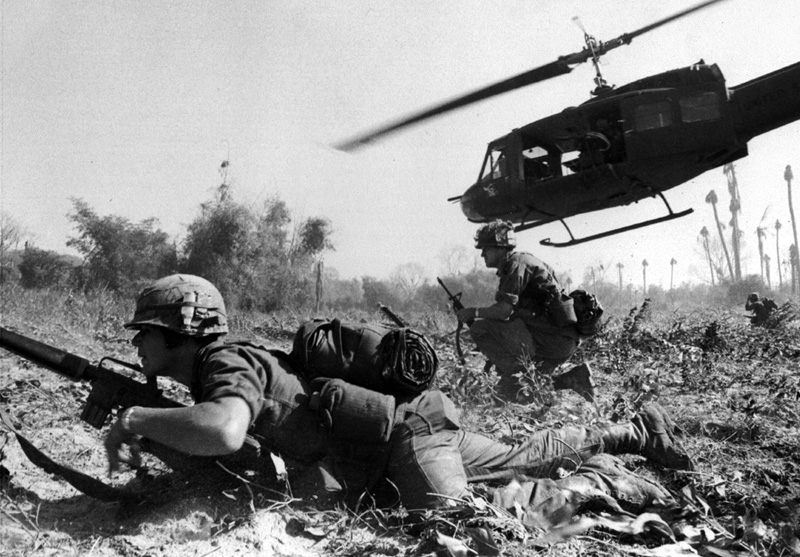Authors:
Historic Era: Era 9: Postwar United States (1945 to early 1970s)
Historic Theme:
Subject:
February/March 1984, Summer 2025 | Volume 35, Issue 2


Authors:
Historic Era: Era 9: Postwar United States (1945 to early 1970s)
Historic Theme:
Subject:
February/March 1984, Summer 2025 | Volume 35, Issue 2

Editor's Note: The author fought in Korea and Vietnam, wrote several books of military history, and was the editor of
Where was this battlefield? To say that it was in Indochina or more precisely in the central highlands of South Vietnam doesn’t help much. But visualize for a moment the United States as it existed in the 1750s during the French and Indian Wars. Recall that the American settlers lived mostly on a narrow strip between the Atlantic and the foothills of the Appalachians. To the west were a series of outposts—Fort Pitt, at the confluence of the Monongahela and the Allegheny, for instance—to protect the settlements from attack by the French and their Indian allies, whose forces stretched in a great arc from the mouth of the St. Lawrence to the Great Lakes, then south to the Mississippi delta.
Now superimpose South Vietnam on that map: its coastline extends about the distance from Pittsburgh (Fort Pitt) to Savannah. Like our early settlers, most of the Vietnamese also live in a narrow strip along the coast. In place of the Appalachians are the mountains of the Chaîne Annamitique, with peaks reaching over eight thousand feet. Beginning in the early 1960s, the South Vietnamese, with the help of American Special Forces teams, established a series of outposts in